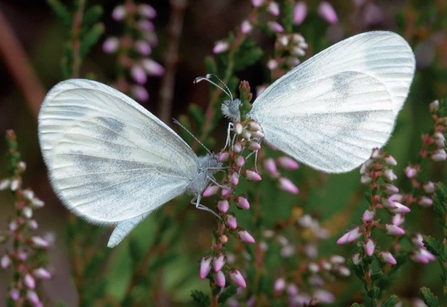The importance of numbers
An essential element of any conservation work is to keep a constant log of the effectiveness of projects or land management practices to make sure they are improving things for wildlife.
In Shropshire, there are over 20 local species recording groups dedicated to collecting data and surveying a diverse array of species, including bees, reptiles, beetles, birds and mammals. Those groups collect data that will eventually be used in determining where our wildlife lives, which means that more effort can be made to protect it. Occasionally, national schemes, or citizen science projects are organised in a mass gathering of data - the Big Garden Birdwatch being a well-known example. In the summer, the Big Butterfly Count takes place to allow experts to review the current number and varieties of butterflies from all corners of the UK. Why? Because by knowing how fast some species are declining, we can act quicker to reverse the decline and identify where more effort can be made to stop some species disappearing completely.


